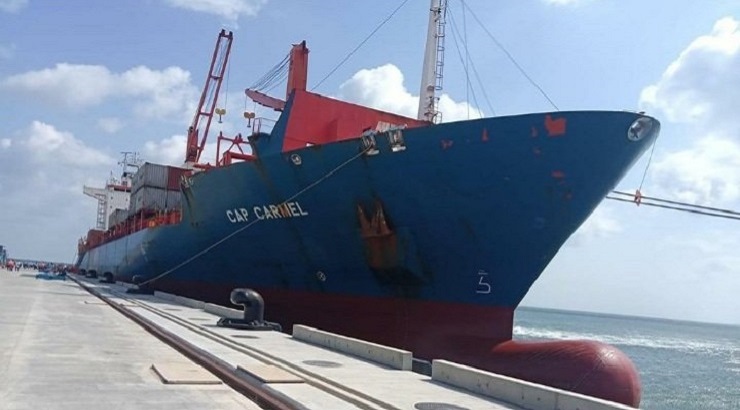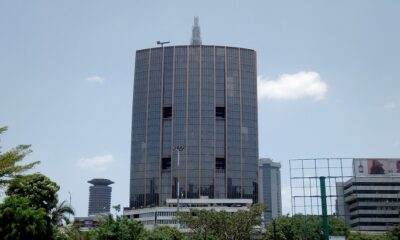Infrastructure
Historic Moment as Kenya Opens Sh310bn Lamu Port
MV Cap Carmel becomes the first commercial ship to dock at the port.

Kenya has operationalised the first berth of the upcoming Sh310 billion Lamu Port at Kililana in Lamu West – significantly advancing the Lapsset corridor project.
At around 5.am on Thursday, Danish MV Cap Carmel become the first commercial vessel to dock at the new port after it arrived from Dar es Salaam on its way to Oman.
A few hours later, MV Seago Bremerhaven became the second cargo ship to dock at the port after arriving from Mombasa. The vessel is hauling a cargo of avocadoes from Kakuzi PLC and Makuyu Orchards in Murang’a County to France.
Both vessels are operated by Maersk Shipping and Logistics.
Major achievement
The opening of Lamu Port is a major achievement for a government that has been struggling to complete and operationalise the long-delayed facility that has gobbled up Sh42 billion.
Construction of the first berth began in October 2016, and the contractor – China Communication Construction Company – was expected to complete work by March 2017.
The second and the third berths were set to be ready in 2019 and 2020 respectively.
This did not happen as the project, which was fully funded by the Kenyan government through a “pay as you go” financing model, ran into financial difficulties.
The paygo model is simple: A government finances its mega projects not with borrowed money or new revenues, but by saving or freeing up money from existing sources.
The financing model seems quite reasonable but it suffers from numerous problems – both monetary and political – that it becomes a poor fit for large infrastructure projects.
However, after nearly five years of struggle, the first berth is now operational, with berth two and three set to be operation in July and October respectively.
READ: Why private investors stay away from State projects
According to the port’s 20-year Master Plan, the project will be completed in three phases at a cost of Sh310 billion – ultimately delivering a 32-berth seaport.
Phase one has delivered three berths – comprising one container berth, one general berth, and one bulk cargo berth – with a length of 400 metres and a depth of 17.5 metres.
The berths are designed to handle 30,000 Dead Weight Tonnes (DWT) and 100,000 DWT for general, bulk and container cargo respectively.
Construction of 16 berths
The second phase of the project will involve the construction of 16 berths: three bulk, three container, six general cargo, one liquid bulk, one coal, one LNG, and one product oil berth.
Phase three will involve construction of four berths – one container and three general cargo.
“The first three berths of the new port, which consists of a total quay length of 1,200 metres are complete. The adjoining yard of the first berth is ready while work on the other yards is scheduled to be completed by (December),” Kenya Ports Authority said on Thursday.
Lamu Port was initially planned to have 32 berths by 2030 but the government now says the remaining 29 berths will be developed depending on demand to reach a full complement of four bulk berths, five container berths, 21 general cargo berths, and two liquid bulk berths.
CK has been made to understand that the proposed 29 berths will be concessioned to the private sector for construction and operations.
If the plan sails through, the new port at Kililana in Lamu West will exceed the capacity of the Mombasa Port – whose 18 berths are unable to handle the rising amount of cargo.












